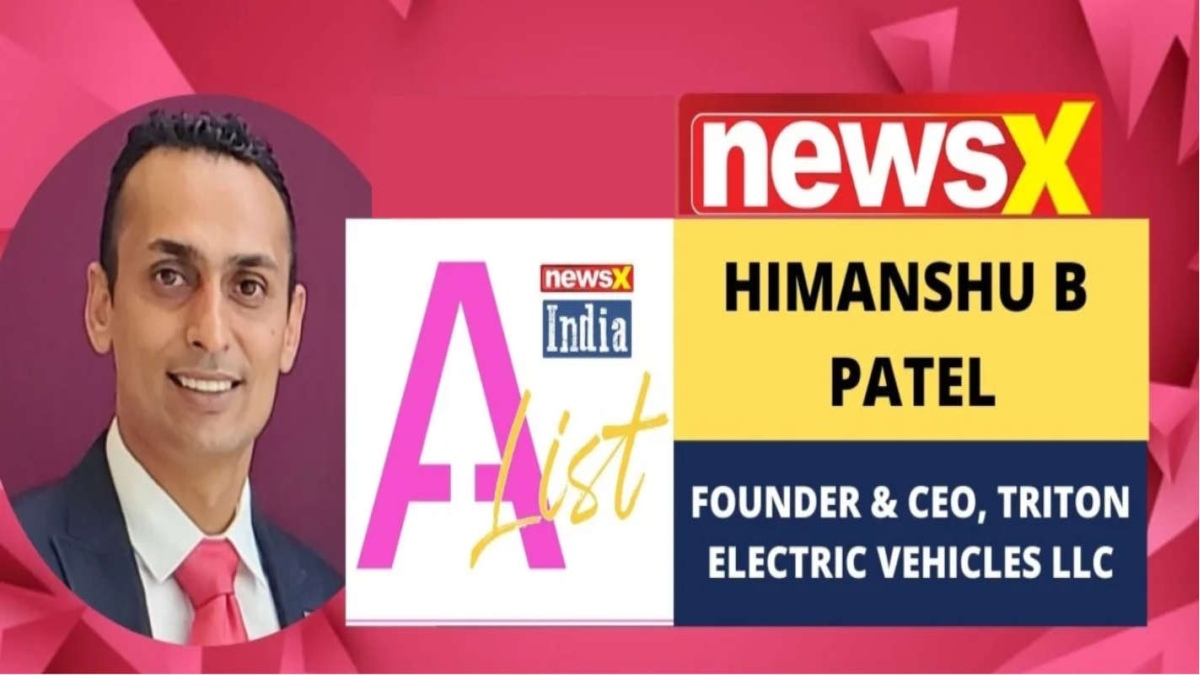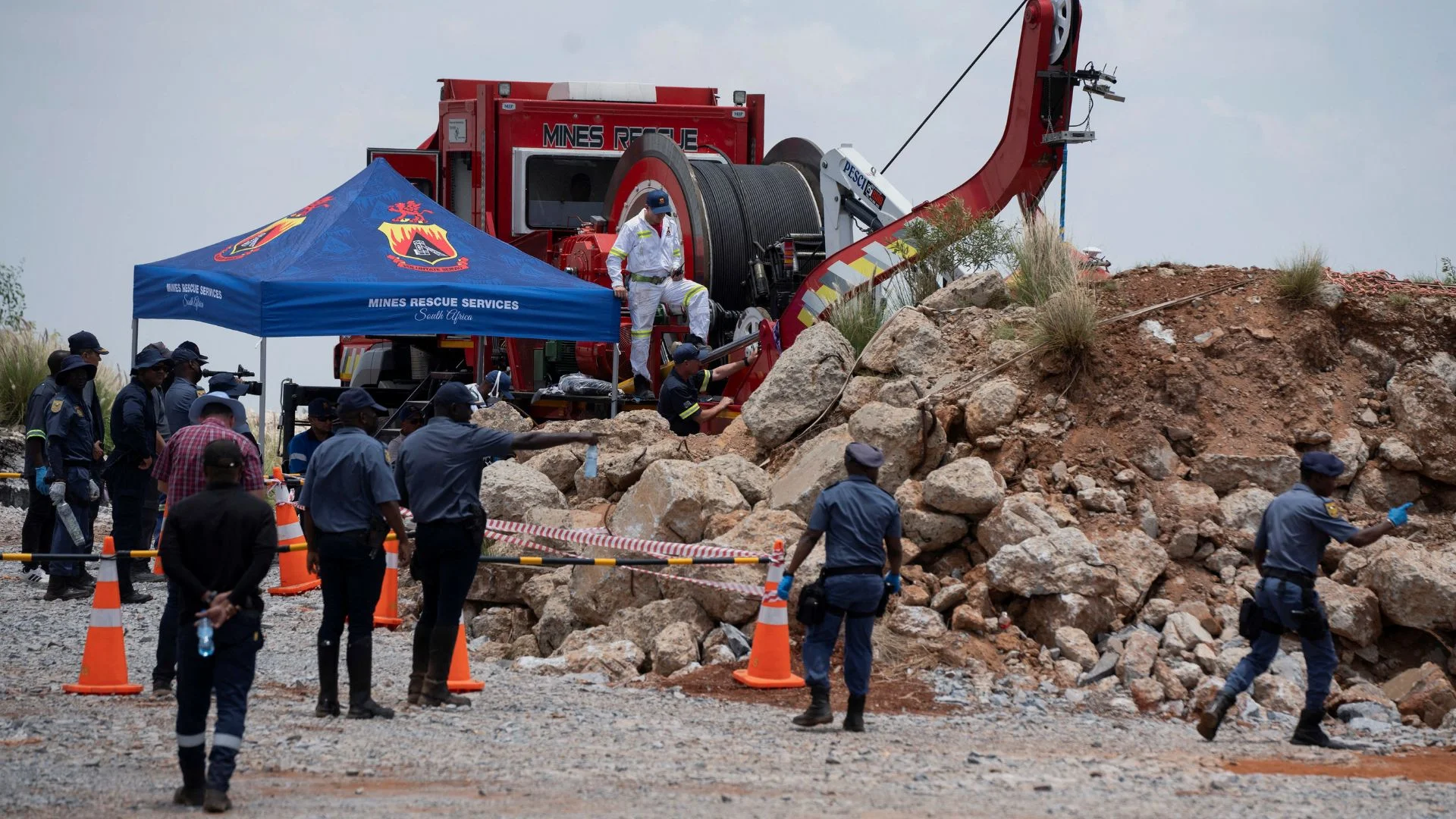NewsX was recently joined by Himanshu B. Patel, founder and CEO of Triton Electric Vehicles LLC, for an exclusive conversation as a part of its special series, NewsX A-List, where he spoke about his new launch of an electric car and entering in the Indian market.
Talking about the big launch of Triton in the Indian market in the electric vehicle space, Himanshu said, “We’ve considered keeping every component very special for India, making sure everything has been thought through—the traffic in India, the heat in India, the demand and the price point. We’ve kept all these things in point when we were building this vehicle because every component in India had to be built with a very special understanding. We ask that how does the traffic and environment affect the electric vehicle, with mileage or the battery requirement. So, when we talk about an electric vehicle, we talk about 103 F temperature and having to sit for hours in traffic.”
Speaking about what sets their car apart from others and the USP of the car, Himanshu said, “There are a few components. We’ve not just developed a car, we’ve developed a full hands-on technology. We’ve built every component from the VCU, the autonomous drive controllers, we’ve built all of those components in one box. So, when we go to build this car, we’ve kept everything in mind; from running cables between nine computers and when you think about nine computers combined with cables, those are all labour forces points and time-consuming and how many failure points you’re going to have too. We have to keep all those things in consideration and how do we reduce the cost of these components, failure points, manufacturing points, fast-tracking ourselves to get into a market. We’ve put all of those things in one box and since we have all those things in one box, we can get to the market faster, we can produce it faster, so that’s one of the IP’s. The other IP we also have something called the home power leg which is patented by us. Very interesting because home power link is a very big component for India and it’s not only for India but a very continent, a lot of countries in South-east Asia and Africa. This is the component which is really going to change the real carbon footprint. Everybody’s talking about the carbon footprint and how gasoline cars are affecting us more than any other cars and I feel that’s a wrong statement because if you take an electric car and you drive it every day and come home like normal people at 4 pm and when you come home from work, the first thing you do is you’re going to plug the car in for a charge and when you do that at 4 pm, you’re plugging the car in during peak hours. So already from 4 pm to 9 pm, the demand of peers is so extremely high that we have to look at what we’re doing to our grid.”
On the game-changing aspect of having two options to recharge the car, through solar panels and electric charging stations, Himanshu explained, “The solar panel will not be able to recharge all the battery for the vehicle. So, the difference between us and everybody else is that when you come home, you actually consider taking power from the grid and charging your battery, it actually powers your house. Now you’re not taking power for your home, during peak hours, nor are you charging your car. What it does is, during peak hours, the power of cost is higher and not only that, the carbon foot is also higher because we have to produce more alternative energies during those hours. So, technically in this world that we live in and all these electric cars we have, we were just taking the carbon footprint from a car and pushing it to the power company. What we’ve done with the power home link, you’re actually reducing that demand. After 9 pm it will charge the car and it will give you the charging during off-peak hours when you’re overproducing power.”
Talking about building a semi-electric vehicle truck in just 35 days and that experience, Himanshu said, “It was crazy. People told me it was crazy and that I was nuts. But we’ve actually succeeded in doing that. It is 100% electric and hydrogen. We actually built it in 35 days and today we have the first 600 truck orders from India. It’s from Odisha, and we have the first mining company there to give us our first order. We feel very proud that India was the first to that incentive with us. We’re definitely going to come in heavy with that”.
Himanshu then spoke about the company’s market strategy in India in terms of service and retail network. He said, “We feel that the right way of doing it is, not changing what’s existing. Something that’s not broken, don’t fix it. Keep the small businesses in mind when we’re doing business and what we’ve done is taking every small business owner, and I’ve done during my off time of 8 days, in the holidays. I was spending my time on social media, listening to the public, listening to the real small vendors and trying to see how we can incorporate them into our company to be the supplier. Since we are going to manufacture all these cars, 100% in India for the Indian market, we don’t feel like it needs to go outside so we are considering a lot of small vendors. The go-to-market strategy is that let’s partner with all the local companies in India for dealerships. Every dealership will have a requirement of a certain amount of charges to supercharge your vehicle. In my opinion, that’s going to be the fastest way to go to the market. That way nobody has to take the wheel, it doesn’t become a burden on anyone.”
Finally, when talking about government agencies and collaboration with those in electric vehicle space, Himanshu said, “I have to say that Niti Aayog has been very supportive. They’ve given me a helping hand and a lot of thanks to Anil Srivastav and Amitabh Kant, what those guys do there is a very tough job. We are going to be partnering with other companies. We’re almost at the last stages of discussion with BEL Corporation, they will be producing, assembling and manufacturing our PCB boards as well as our batteries. They will be assembling the batteries in India. We’re considering putting our cell battery manufacturing in India as well”.























